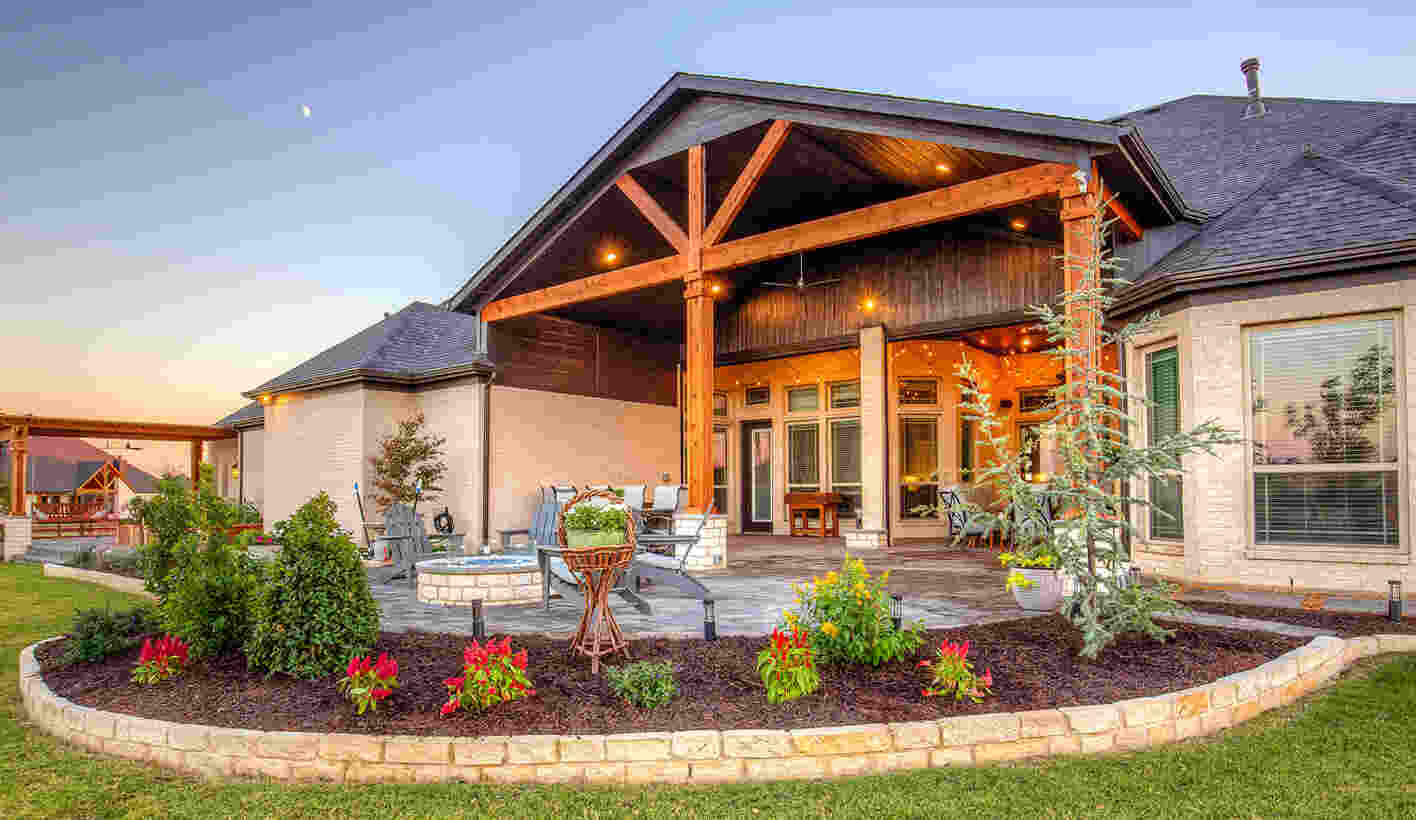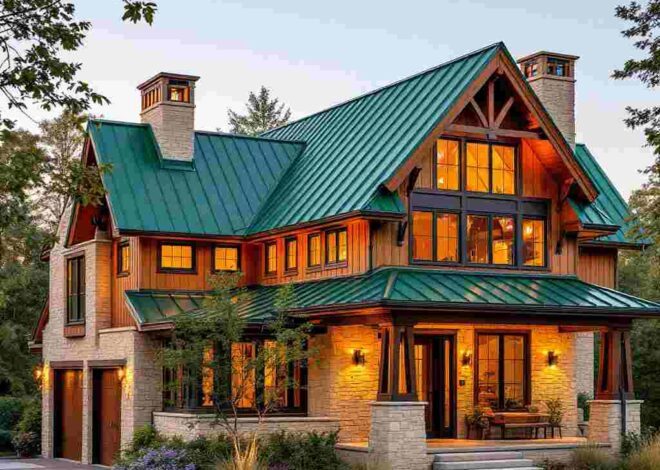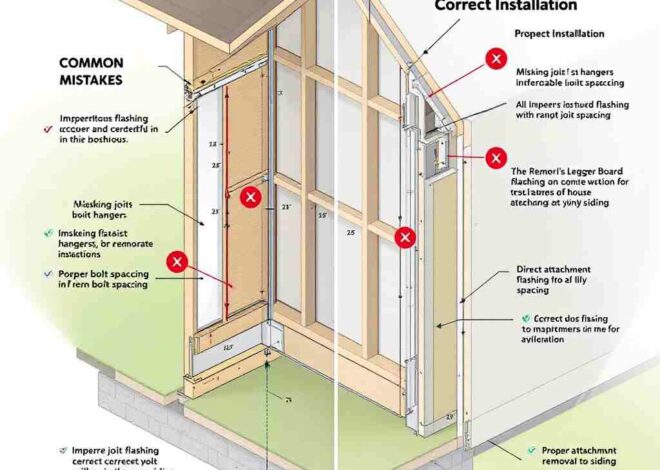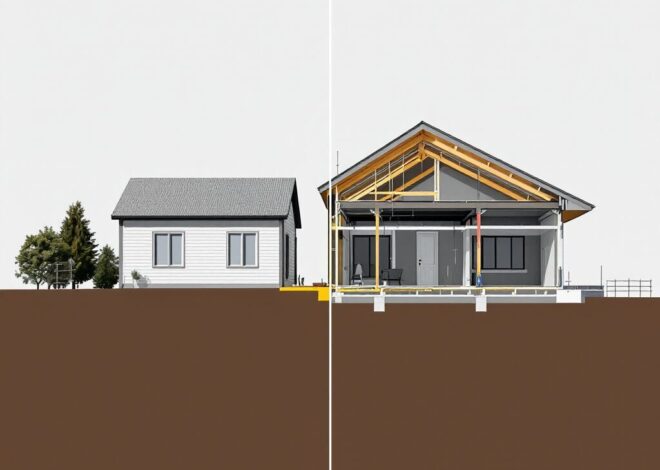
An existing house needs a porch roof, but how do you attach it?
When considering enhancements to your home, adding a gable porch roof not only boosts the overall aesthetic appeal but also increases the functionality of your outdoor space.
By integrating the keyword adding gable porch roof to the house, we aim to guide you through the process, ensuring that your new porch roof stands out as a highlight of your home’s exterior.
Understanding Gable Porch Roofs

What is a Gable Porch Roof?
A gable porch roof features two sloping sides at a ridge, creating a triangular shape. This design is aesthetically pleasing and practical in shedding water and snow, making it ideal for many climates.
| Step | Description |
|---|---|
| 1. Plan and Design | Create a detailed construction plan, including tools, materials, and measurements |
| 2. Obtain Permits | Ensure compliance with local building codes and regulations |
| 3. Build Support Columns | Install vertical support columns using concrete screws and braces for stability |
| 4. Attach Ledger Board | Secure a horizontal ledger board to the house’s structural framing using lag screws |
| 5. Install Sill Plate | Position and secure the sill plate flush with the top edges of the support columns |
| 6. Position Rafters | Mount rafters on the sill plate using joist hangers, ensuring alignment with the desired roof pitch |
| 7. Frame Roof Structure | Add rafters and mount fascia boards to create the porch roof frame |
| 8. Cover with Sheathing | Nail plywood sheathing onto rafters for structural support |
| 9. Install Roofing Material | Apply shingles or other roofing materials, starting at the house and working outward |
| 10. Add Flashing | Nail drip flashing between the porch roof and house siding to prevent leaks |
| 11. Install Siding | Finish by installing siding over the flashing for a seamless look |
You may also read (under metal roofing can house wrap be used)
Benefits of Gable Roofs:
- Protection from the elements: Keeps your porch dry and usable regardless of the weather.
- Curb appeal: Adds a classic design element to your home that can enhance its overall value.
- Added value: Improves the resale value of your home by increasing its visual appeal and functional outdoor space.
Why Choose a Gable Porch Roof for Your Home?
Gable roofs are often chosen for their architectural compatibility with a wide range of home styles, from traditional to contemporary. Moreover, they offer enhanced outdoor living space, ideal for relaxation or entertaining guests.
Planning the Addition
Assessing Feasibility
Before adding a gable porch roof, it is essential to consider:
- Structural considerations: Ensure the existing structure can support the additional weight.
- Local building codes and permits: Check with local authorities to comply with regulations and obtain necessary permits.
Designing the Roof
When planning your porch roof:
- Choosing the right pitch and dimensions: The pitch should complement the existing roof for a cohesive look.
- Materials selection: Opt for materials that will harmonize with your house, such as wood for a rustic look or metal for a modern appeal.
Tools and Materials Needed
Essential tools include:
- Circular saw
- Level
- Screws
- Hammer
- Measuring tape
Step-by-Step Guide to Attaching a Gable Porch Roof

Preparing the Site
Clear the area where the porch roof will be added. Inspect the existing structure to ensure it is sound and mark attachment points accurately.
Installing the Ledger Board
The ledger board is crucial for the stability of the porch roof. Position and secure it to the house using appropriate fasteners, ensuring it is level and firmly attached.
Attaching Rafters to the Ledger Board
Measure and cut the rafters according to the determined roof pitch. Attach them to the ledger board at even intervals to ensure a stable and symmetrical structure.
Installing Trusses or Brackets
Trusses or brackets are used to distribute the weight of the roof evenly. Install these components carefully to maintain the integrity of the roof structure.
Completing the Roof Framework
Add gable end pieces to provide additional support. Ensure all parts are aligned correctly before proceeding with the roofing material.
Roofing and Finishing Touches
Choose suitable roofing materials, such as shingles or metal panels, and install them along with gutters, trim, and flashing to protect against water infiltration.
| Aspect | Details |
|---|---|
| Preparation | – Obtain building plans and permits. |
| – Ensure compliance with local building codes. | |
| – Gather tools and materials, including ledger boards, rafters, trusses, screws, nails, and flashing | |
| Measuring & Marking | – Measure and mark attachment points on the house for alignment. |
| – Use a level to ensure markings are straight and accurate. | |
| – Consider placement around windows, doors, or other features | |
| Installing Ledger Board | – Attach the ledger board securely to the house at marked points. |
| – Drill pilot holes and use screws to anchor it into the framing or masonry. | |
| – Ensure the ledger board is level and flush with the wall | |
| Attaching Rafters | – Cut rafters to the appropriate length based on roof pitch and porch dimensions. |
| – Secure rafters to the ledger board, ensuring even spacing and alignment. | |
| – Use nails or screws for attachment | |
| Adding Trusses/Brackets | – Install trusses or brackets to provide additional support for the roof structure. |
| – Consider ordering pre-made truss packages for small projects | |
| Roofing & Finishing | – Install ridge boards, shingles, flashing, gutters, and trim. |
| – Ensure all connections are watertight to prevent leaks. | |
| – Select appropriate roofing materials for durability and aesthetics | |
| Aesthetic Adjustments | – Align fascia boards with existing rooflines for a cohesive look. |
| – Maintain the existing porch footprint if desired (e.g., using an existing concrete slab) |
Common Challenges and Solutions
Addressing Water Infiltration:
- Ensure proper installation of flashing and sealants to prevent leaks.
Ensuring Compliance with Building Codes:
- Regularly consult with local building authorities during the construction process to ensure compliance.
Handling Uneven Surfaces or Misalignments:
- Use levels and plumb lines to identify and correct any discrepancies during installation.
Maintenance Tips for Gable Porch Roofs
Maintaining your gable porch roof involves the following:
- Regular inspections: Check for any signs of damage or wear.
- Cleaning gutters and removing debris: This prevents water damage and ice dams.
- Repainting or resealing: Keeps the roof looking new and prevents weather damage.
Cost Considerations
Breakdown of Costs:
- Materials: Cost can vary widely based on the chosen materials.
- Labor: Decide between DIY or professional installation, considering the project’s complexity.
Tips for Saving Money:
- Compare prices and quality of materials.
- Consider which processes can be safely and effectively handled as DIY to save on labor costs.
Conclusion
Adding a gable porch roof to your house not only enhances its appearance but also adds practical outdoor space. Ensure you follow the proper steps for a safe and effective installation. If you’re unsure about tackling this project independently, don’t hesitate to contact professionals.
You may also read (if my roof is brown what color should i paint my house)


